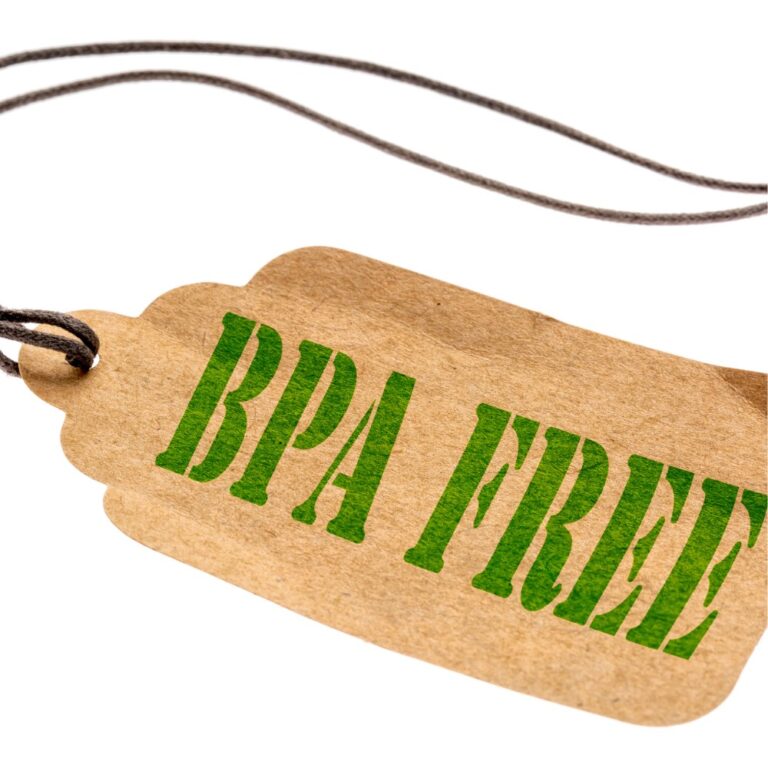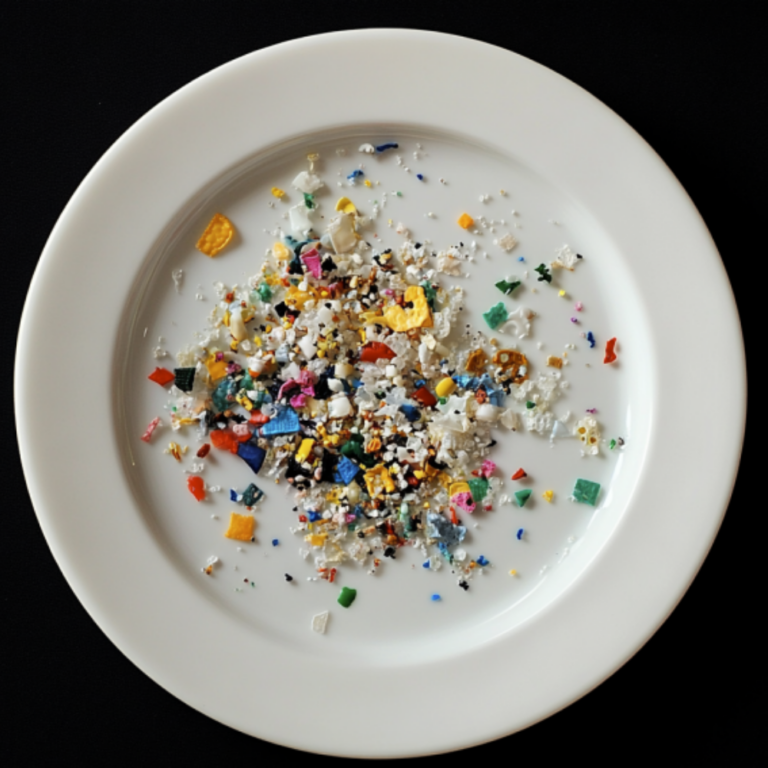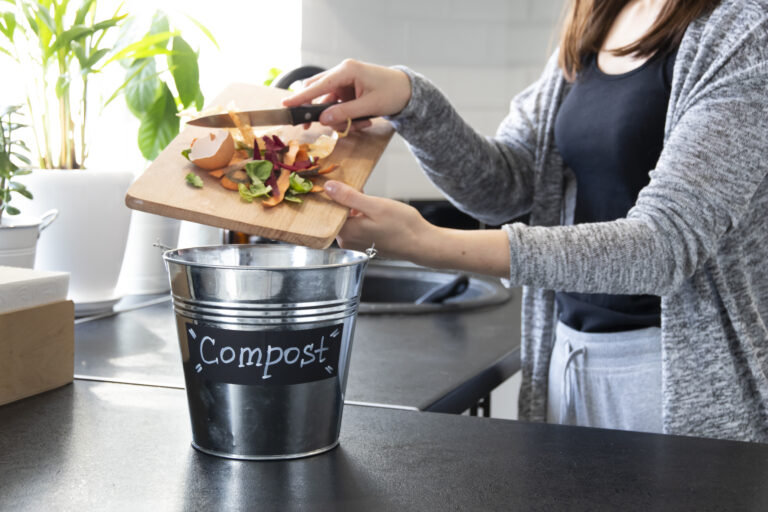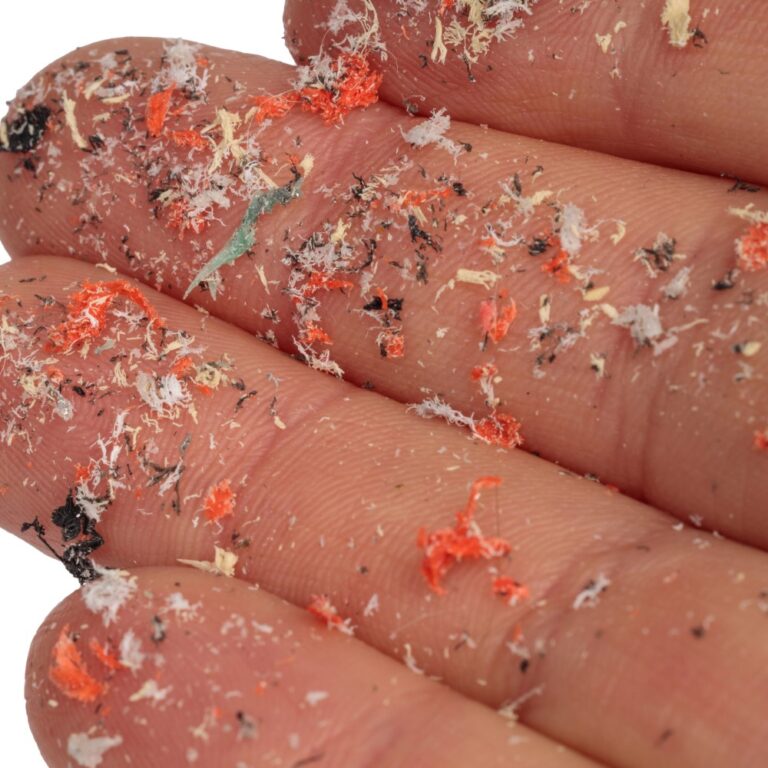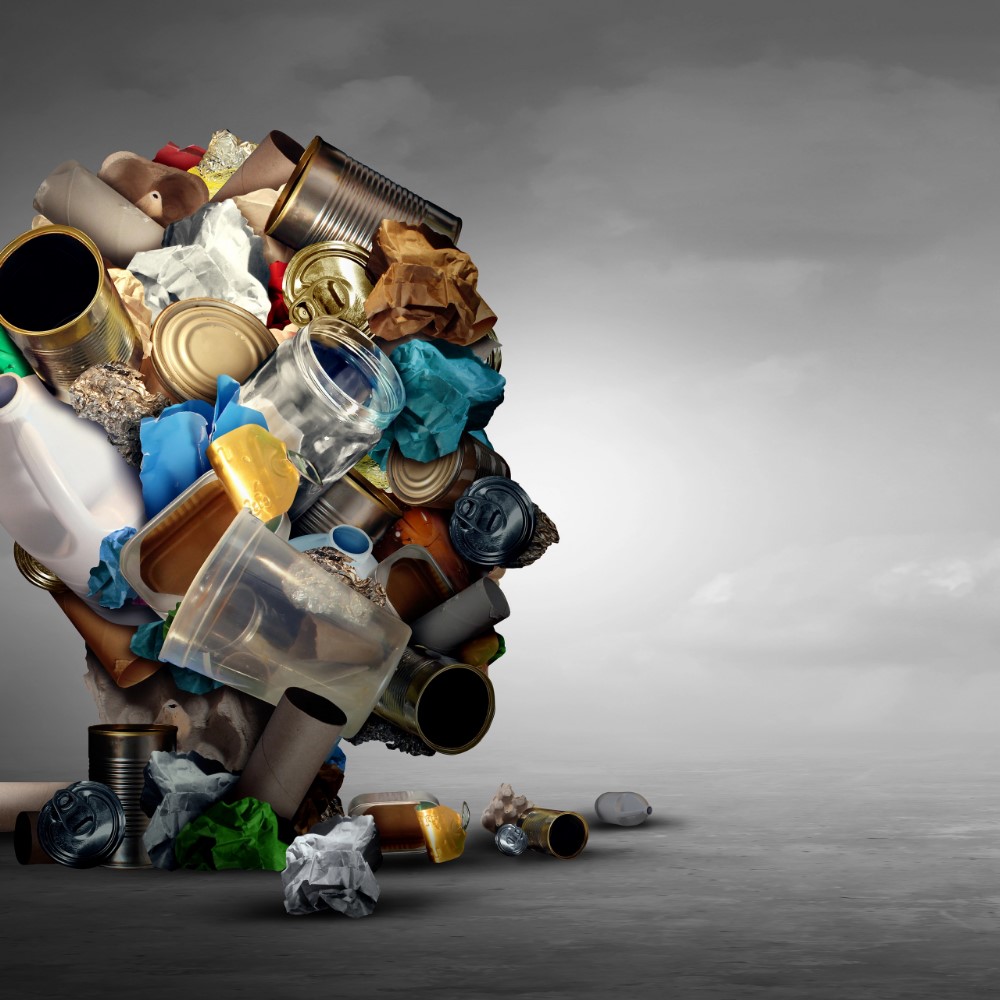
Where I live in Seattle, trash pickup only happens every other week. That means my trash can is always teetering on the edge of spilling over—a not-so-gentle reminder that I need to rethink what I’m tossing.
Lately, I’ve been working toward a minimal-waste lifestyle. It’s not the same as zero-waste, though. I’ll explain the differences.
Minimal waste is all about buying less, wasting less, and making more thoughtful choices. Whether finding creative ways to keep food out of the landfill or avoiding things that end up in the trash, this lifestyle challenges the idea that we need so much stuff in the first place.
What Is a Minimal Waste Lifestyle?
While minimal waste often overlaps with zero waste, the two aren’t the same. Zero waste is a more rigid approach, aiming to send nothing to landfills by reusing, recycling, and composting everything.
Minimal waste, however, is about reducing excess and waste as little as possible. It doesn’t require perfection. It’s about making thoughtful choices that minimize your environmental footprint while staying flexible and realistic.
Whether buying less, avoiding single-use products, or finding creative ways to repurpose, minimal waste focuses on practicality over strict rules. Either way, it’s not about deprivation but about living with purpose and clarity.
Why Should I Care About Waste?
It’s easy to overlook waste in the trash or recycling bins, especially when it’s out of sight. But the reality is that how much we waste impacts more than just the environment; it affects our health, our wallets, and future generations. Here are a few reasons:
Finite Resources
Many of the materials we use daily, metals, minerals, and fossil fuels, are finite. Once these resources are depleted, they can’t be replaced. For example, the metals used in electronics, like smartphones and computers, are limited.
If we keep discarding old devices instead of recycling their components, we’re accelerating the depletion of these valuable materials. By reducing waste and reusing items, we help conserve these resources.
It Saves You Money
I’m all about finding any way to save a buck, and reducing waste is a great way to do it. Think about all those single-use products you buy, use once, and toss. Over time, that adds up. By cutting back on waste, choosing quality over quantity, and saving money, you’re buying fewer things.
Plus, in some areas with Pay-As-You-Throw (PAYT) systems or where you pay based on the trash can size, reducing how much you throw away can directly lower your waste management fees. So, not only are you saving on what you buy, but you can also cut costs on trash collection.
Waste Impacts Your Health
You might not see it, but waste can directly impact your health. Chemicals from landfills and plastics can leach into our soil, air, and water, creating hidden risks.
Microplastics, for example, have found their way into our food, water, and even the air we breathe. Reducing waste reduces your exposure to these harmful toxins, and that’s a win for your well-being.
Simple Ways to Live with Less Waste
The idea of going completely zero waste can feel overwhelming to me. I’m not someone who can commit to having absolutely no waste at all. I am impressed with those who can, and maybe someday that will be me. But a minimal waste lifestyle? That’s something I can get behind.
We’re all busy and don’t want things to be complicated. Making smarter choices and being more mindful of what we consume are the keys to a minimal lifestyle. Here are a few simple ways to start.
Buy Less, Choose Wisely
The first step to reducing waste is to stop accumulating so much stuff. Before making a purchase, ask yourself: Do I really need this? Opt for quality over quantity. Well-made, long-lasting items often mean fewer things are tossed in the trash later.
- Myth: Minimal waste is expensive.
- Fact: Buying fewer, higher-quality items saves you money in the long run and reduces waste.
Say Goodbye to Single-Use
Ditch the plastic bags, bottles, and utensils! Invest in reusable options like cloth bags, a stainless steel water bottle, and a set of metal or bamboo straws. These swaps don’t just cut down on waste they also save you money in the long run.
- Myth: Minimal waste requires a lot of time and effort.
- Fact: Simple swaps, like using reusable bags or bottles, are quick, easy, and have an immediate positive impact.
Check out this guide for ideas: 60 Best Eco Swaps for Sustainable Living
Composting
Instead of tossing food scraps into the trash, start composting. It’s a great way to reduce landfill waste and create nutrient-rich soil for your garden. Many communities offer composting services even if you don’t have a garden.
- Myth: Composting is hard and requires a lot of space.
- Fact: Composting is easy, and even small-scale composting can make a big difference—some communities offer pickup services if you don’t have space. Seattle has free compost pickup, so check in your area.
Check out this article on composting: Why is Composting Important?
Repurpose and Upcycle
Before throwing something away, think about how you might repurpose or upcycle it. Old jars can become storage containers, worn-out clothes can be transformed into rags or craft projects.
- Myth: Minimal waste means getting rid of everything.
- Fact: Repurposing and upcycling can breathe new life into things you already own and keep them out of the landfill.
Support Brands with Sustainability in Mind
Vote with your wallet by supporting companies prioritizing eco-friendly packaging and sustainable production methods. Look for products with minimal or recyclable packaging or consider buying secondhand whenever possible.
- Myth: There aren’t enough sustainable options available.
- Fact: More companies are adopting eco-friendly practices; secondhand shopping is a great way to reduce waste.
Mind Your Food Waste
Plan meals carefully, store food properly, and get creative with leftovers. Sometimes, I use ChatGPT to enter items in the fridge and ask for recipes to use them up. Reducing food waste doesn’t just help the environment it can also save you a significant amount of money.
- Myth: Reducing food waste is too complicated.
- Fact: With simple planning and creativity, you can significantly reduce food waste, saving money and resources.
Spotlight on Statistics
Landfill Waste: In 2021, the United States generated approximately 293 million tons of municipal solid waste (MSW). Of this, about 50% (146.5 million tons) was landfilled.1 An article from the OECD highlights that global waste generation is expected to rise by 70% by 2050.2
Significant Source of Methane: Landfills are a primary source of methane emissions in the United States, contributing about 15.1% of all human-related methane emissions in 2021. This makes them the third-largest source of such emissions, following agriculture and the energy sector.
Potency of Methane: Methane is a very potent greenhouse gas. Over a 20-year period, its global warming potential is more than 80 times greater than that of carbon dioxide.3 This means methane is much more effective at trapping heat in the atmosphere, contributing significantly to global warming and climate change.
References
- U.S. Environmental Protection Agency. (2024). National Overview: Facts and Figures on Materials, Waste and Recycling. Retrieved from National Overview: Facts and Figures on Materials, Wastes and Recycling | US EPA. ↩︎
- OECD. (2022). Global Plastics Outlook: Economic Drivers, Environmental Impacts and Policy Options. Retrieved from https://www.oecd-ilibrary.org/docserver/ba55f08e-en.pdf?expires=1733688185&id=id&accname=guest&checksum=C3756A0C9CD663FF5DD93DBA07A95853 ↩︎
- Environmental Defense Fund. “New Map Helps Show Significant Methane Pollution from Municipal Landfills.” September 30, 2024. Retrieved from New Map Helps Show Significant Methane Pollution from Municipal Landfills | EDF ↩︎
